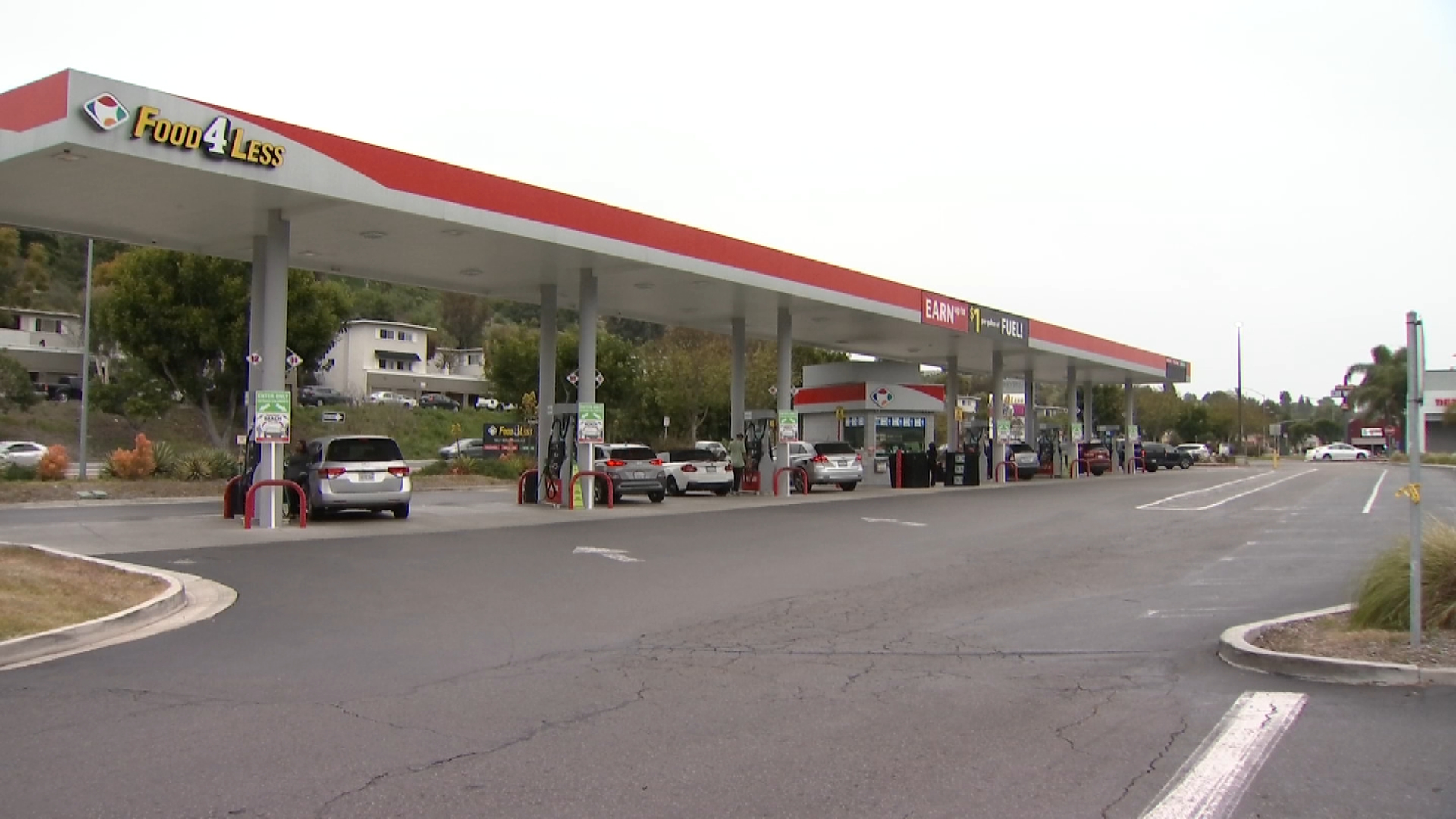As San Diego firefighters closely monitor wind conditions during a week of devastating wildfires in California, they're also relying on a new comprehensive plan to help them respond to wildfires more quickly.
Tecolote Canyon, Sorrento Valley, Scripps Ranch and Otay Mesa are among the dozens of areas designated as high risk for wildfires.
Some of that risk is mitigated by detailed pre-fire plans, referred to as Wildland Urban Interface (WUI) plans that San Diego Fire Rescue-Department (SDFD) maps out for nearly all high-risk communities in San Diego.
"It gives me my immediate, primary offense plan and what I should be doing right now," SDFD Battalion Chief Dan Eddy said. "As I scroll down the screen I can look at my evacuation plans, how to work with [the San Diego Police Department] and possible conditions as to how the fire will change."
Firefighters can also survey a neighborhood's topography, power lines, water supply and potential hazards.
This allows crews to act more quickly, regardless of how familiar they are with the area. Sometimes, firefighters are temporarily assigned to other stations to cover for vacations, sick calls, or open positions.
"Before we used paper," Eddy explained. "Sometimes we wouldn't have any plans whatsoever. We would draw a map when we got on scene and try to figure out our best action plan."
Local
The WUI guides are now widely used and have already helped to keep brush fires in San Diego from burning more than a few acres.
The guides lay out how far a fire can progress within a time frame, if it is not contained quickly.
"With the weather conditions that we have, one acre can turn into 20,000 like that," Eddy said.
That's why firefighters aggressively attack even very small fires, Eddy added.
"The WUI plans not also help us in wildfires, but they can be used for any type of large-scale emergency," said Chris Webber, Assistant Chief for Emergency Operations at SDFD. "They've greatly enhanced our ability to respond."
Retired firefighters with decades of experience, who are now consultants, created the WUI plans, which are accessible on all i-Pads assigned to SDFD battalion chiefs.
Two of seven SUVs used by battalion chiefs have been modernized with a computer and two monitors configured in the back cargo area. The rest are in the process of being upgraded.
The screens serve as part of the command post, filled with neighborhood maps and strategic plans.
While the guides offer critical information under the WUI FIRESCOPE system, the individual experiences of the firefighters are still crucial.
"It gives us scientific proven formulas that work, but in the end, we have to make certain calls on the actions," said Eddy.
The WUI guides are now incorporated into all daily and quarterly firefighter training sessions.
Every fire department in San Diego County has access to the WUI plans, which were paid for by various government grants.
SDFD also actively trains on the guides with its metro partners, which include Chula Vista Fire Department, Coronado Fire Department, Bonita-Sunnyside Fire Protection District, Heartland Fire & Rescue and National City Fire Department.
"We're a city of hills and valleys, and it gives us challenges," said Webber. "We can't plan every section of the city, but we train our firefighters to properly apply tactics and strategies in unplanned areas of the city."



